27 Jul Manual and auto flight control’s architecture for manned drone.
T
he predictive study of the control for manned drones capable of alternating - in a same journey - manual flight's phases and autonomous flight's phases was born in 2013.
This emerging issue from the United Arab Emirates born thanks to the 2020 Dubai ( Decision No 23/2011²) whose government imagines employing fully autonomous engines able to modernizing the means of ground transport inside the metropolis ( asset of autonomous cruise ) and which can be used for a relatively long-range non-urban area ( the interest of manual flight ).
The operating constraint that is linked to this kind of civilian mission imposes a small aircraft, which leads to a relatively short autonomy and therefore a dual economic deployment ( State and Private equity funds ).
These constraints lead to the design of aircraft with fast and economical flight capabilities, combining fixed wings such as airplane and hovering capabilities of helicopter.
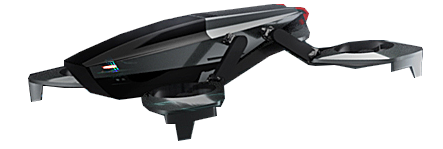
2022 A8 DroneDroid Performance
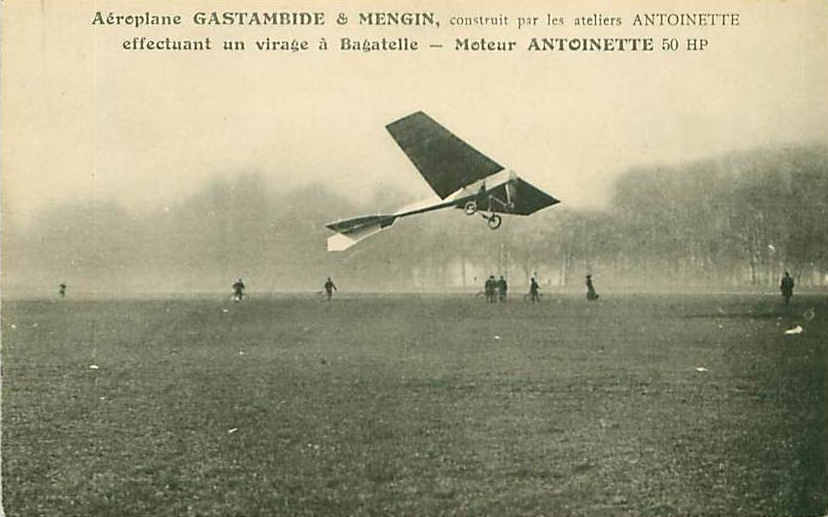
H
istorically, more than a century early, the aircraft of Leon Levavasseur crossed the limit altitude of 150 m.
Some of his machines took - long time before Airbus² or Boeing - first passengers in the gardens of Bagatelle, Paris: it was Antoinette VII aircraft.
Today, Antoinette VIII and all drone transport market feed far more ambitious challenges.
- Milestone of antoinette aircraft Learn more >
- Major RTA drone manufacturers Learn more >
T
he conventional approach followed for the synthesis of control phase transition law consists in the observation of the 2 possible commands on a nominal reference frame.
The referential itself belongs to a possible interference set, the aim is - by comparative analysis of the performance of the flight - to check the robustness of each control law. It can thus be guaranteed that it will give the best flight dynamics in a real system.
This approach nevertheless poses two drawbacks, that of the combinatorial explosion of the calculation time in the auto phase, and that inherent in the lack of experimental latitude since all the scenarios are not tested for lack of reproducibility, mean or forecast.
Embedded systems of the leisure dronedroid solve the first problem since they exploit a model equivalent to the law of automated control on a continuum of models.
A model ( law ) of commande control exclusively autonomous or only manual never allows to represent perfectly the real behavior of a complex process of public transport, in fact there are:
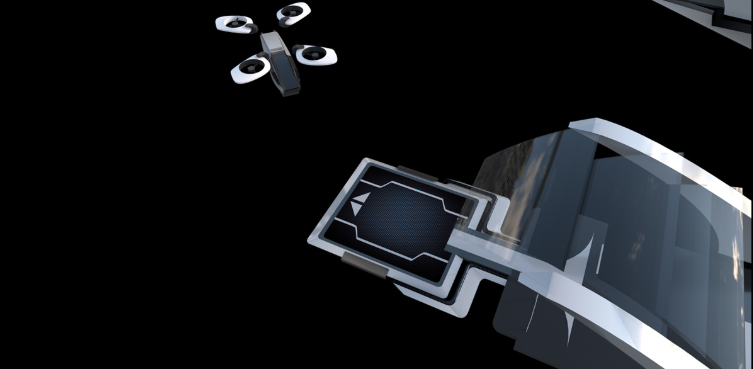
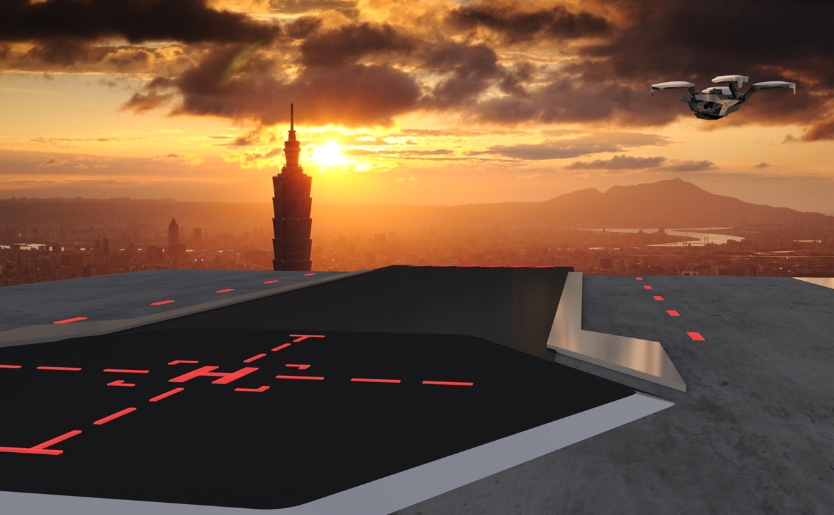
- Uncertainties about meteorological dynamics
- Uncertainties on the algorithms for restricted air traffic
- Unpredictable such as damage as well
- Amendment of air legislation
- Adaptation to infrastructure...
Regarding the non-negligible weather dynamics, they are of several natures :
Physical origin
Wind, Atmospheric pressure, Hydrometric and calorific …
Optical origin
mainly night time, blizzard, mist ..,
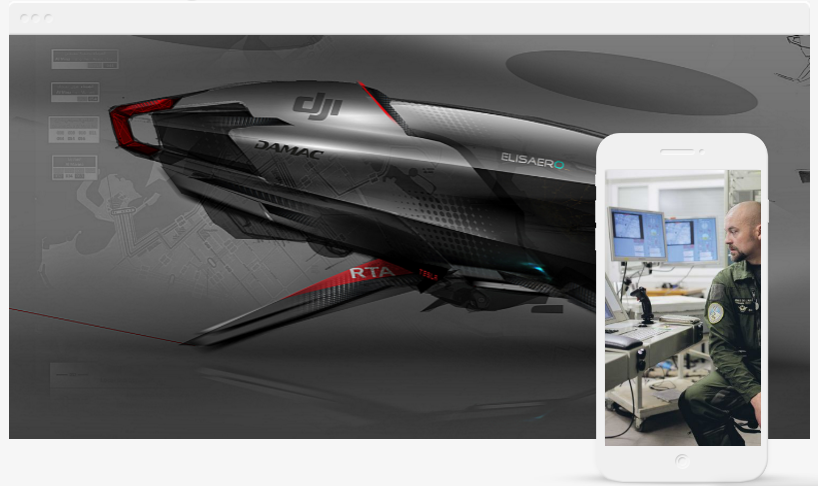
Abu Dhabi Taxidrone station monitoring maneuver with A8 DroneDroid

he synthesis of control laws is a fundamental step in the process operating a public transport network.
An experimental modeling allowed to analyze the behavior of the drone on the whole of the domain of flight accessible by the civil journey.
Here, one of the objectives is to stabilize the craft over a travel speed range from 0 m s to 1.6 m/s in θ plate ranging from 10° to 45° with an altitude of 300 meters. Respecting these specifications has proved to be an ambitious task in several considerations.
On the one hand, by virtue of the optimized synchronization for elevated FATO ( Rooftop drone station) ensuring the modulation of maneuvers - with and without passengers boarding - and on the other hand, because of the remote control functions which are radically different from a flight at sea level.
To satisfy these constraints, a control structure is introduced with two distinct active phases depending on the flight point. These are the autonomous and manual control.
- Droneship captaincy Learn more >
- Rooftop converter Learn more >
AUTONOMOUS FLIGHT CONTROL
Inside automatic flight, the restrictive hierarchical structure is presented, allowing different levels of control. For example for take-off, the system generates a coupling differential between the anemometric data recorded on the FATO and the take-off procedure. The automatic take-off is undertaken only after a certain score.
If pilot abort the take-off and landing management, autocruise requires different levels of action depending on the operational context, such as tilting, maintaining altitude, travel speed, setpoint or checking of ground crossing points made by the dronedroide.
Auto
MANUAL FLIGHT CONTROL
Inside manual flight, all drone interactions are carried out on the basis of classical decoupling.
The control of the aircraft is carried out locally by the pilot in a restricted linearized system to ensure the continuity of the trajectory and/or under the ministry of a remote pilot ( aka Capcom ).
The interest of manual piloting is to be able to reach remote rural areas quickly. But also to authorize some freedom of movement inside specific air corridors.
Manual
In order to meet these separate but not isolated objectives, a control structure has been set up. In fact, there is a continuum of instructions which are present on the trajectory of the dronedroid. The autopilot designed to control and follow this trajectory independently of the local controls. This autopilot is subdivided into several functions of remote control by the authority of the flight.
In addition, the pilot's efferent outputs go through a prevalence of order which depending on its activation, allows the transitions of the phases from auto to manual and from manual to auto.
Demonstration flight - generalities
Flight tests are very interesting to validate all loops of control. The sensors available for this purpose are the inertial unit, GPS, cameras and an ultrasonic sensor useful for the obstacle avoidance, landing and automatic take-off phases. There are three slightly different modes: Safety mode (level 0), manual-assisted mode (level 1), automatic mode (level 2).
The manual-assisted mode gives authority to the pilot ( Capcom safety operator) by means of attitude instructions on his control console but leaves the flight control in direct droids management.

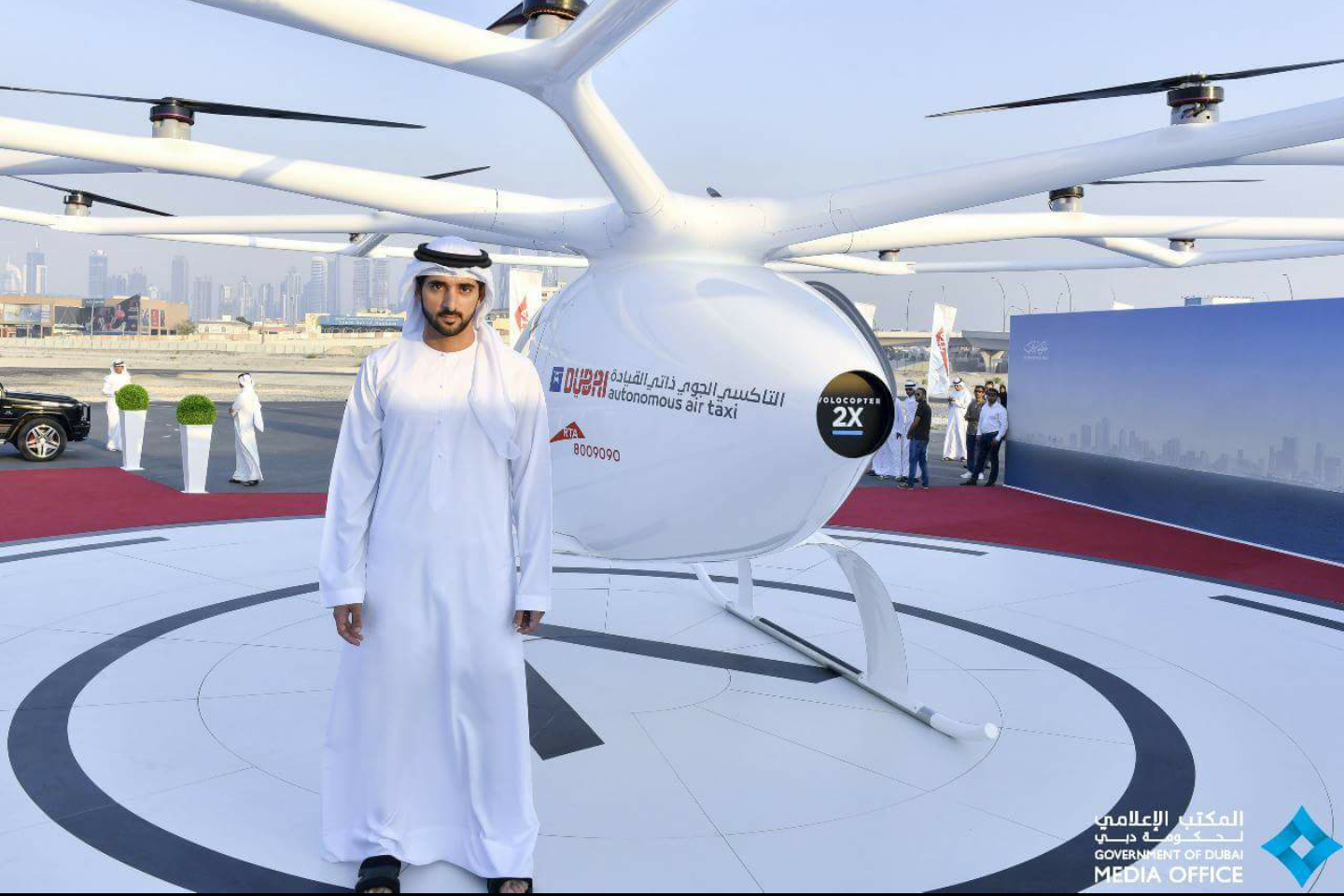
Demonstrator
Itinerary generation
Pre-flight
Human Piloting
Direction to follow in terms of trajectory, speed and altitude
Direction to follow in terms of trajectory, speed and altitude
Direction to follow in terms of trajectory, speed and altitude
Direction to follow in terms of trajectory, speed and altitude
Open loop generating any type of trajectory according to various algorithms ( traffic, weather, Prohibited Landing Mark ...)
Open loop generating any type of trajectory according to various algorithms ( traffic, weather, Prohibited Landing Mark ...)
Open loop generating any type of trajectory according to various algorithms ( traffic, weather, Prohibited Landing Mark ...)
Open loop generating any type of trajectory according to various algorithms ( traffic, weather, Prohibited Landing Mark ...)
ensures the displacement and stabilization of the vehicle within inherent limits ( Passenger vs capcom ..)
ensures the displacement and stabilization of the vehicle within inherent limits ( Passenger vs capcom ..)
ensures the displacement and stabilization of the vehicle within inherent limits ( Passenger vs capcom ..)
ensures the displacement and stabilization of the vehicle within inherent limits ( Passenger vs capcom ..)
allows to lift one by one the milestones authorizing take-off.
allows to lift one by one the milestones authorizing take-off.
allows to lift one by one the milestones authorizing take-off.
allows to lift one by one the milestones authorizing take-off.


2018 RTA Demonstrator
Itinerary generation
Pre-flight
Human Piloting
Direction to follow
Direction to follow
Direction to follow
Direction to follow
Open loop with various order
Open loop with various order
Open loop with various order
Open loop with various order
Vehicle stabili zation
Vehicle stabili zation
Vehicle stabili zation
Vehicle stabili zation
Take-off process
Take-off process
Take-off process
Take-off process
In a privileged scheme of territorial implantation of public drone station network, one of the problems to solve, from an engineering point of view, is to fine-tune the switching between aircraft without the same control structures.
Indeed, the strong induction of manned drones will push the legislator to define a legal framework defining the bipartite transition of the airspace exploitation to simplified rotative wings on one side and dronedroid on the other.
Until 2017, the preponderance of the traditional legal framework is consistent and self-sufficient, given the operational qualities for helicopters.
Nevertheless, their high maintenance costs and their high dependence on fossil energies are the problematic that sign their obsolescence programmed.
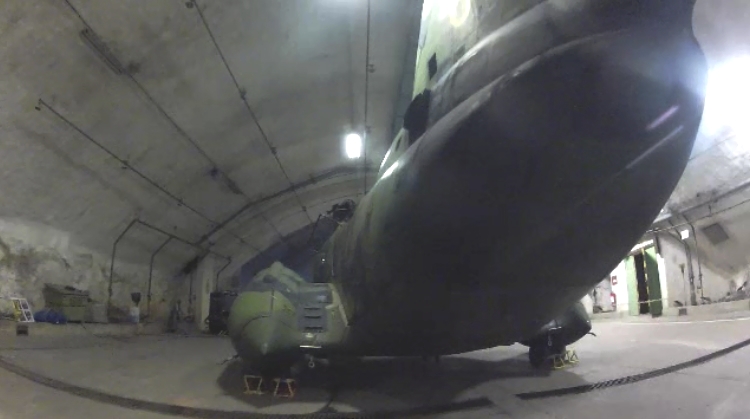
Boeing CH47 Chinook, 2 engines. The least sober helicopter of the Sweden army. Goteborg Military base
The next advanced technologies in the field of batteries, sensors, artificial intelligence, wireless communication, propellers and engins have largely contributed to the development of drone - and to a lesser extent to helicopters.
In our lifetime, we are the witnesses of a technological evolution evanescent whose last rampart is build of jurisdictional nature.
Darwin's predictive model of natural selection is staggeringly invariable. The evolution of the species is made by selection of the subjects best adapted to their environment which survive and that to the detriment of the old genetic strains.
Literature, legal, computer and aeronautical is now detailed on the subject and supports the robustness.
As well MSN Messenger that did not anticipate, despite its formidable latitude, the success of the young Facebook.
-
Archos vs Fusillers
-
Pager vs Smartphone
-
Sollicitor vs Lawyers
-
Pager vs Smartphone
-
Helicopter vs drone



No Comments